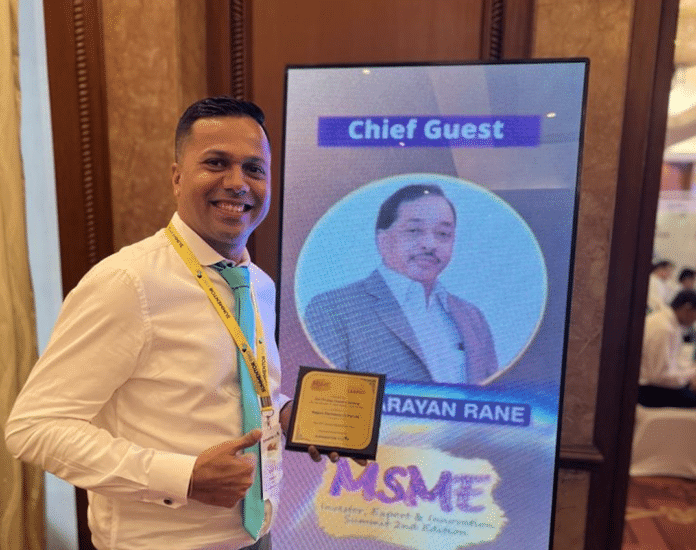With the introduction of PLI schemes and government initiatives, the Indian electronic manufacturing industry is growing manifold. Dileep Jain, CEO, Rajguru Electronics in conversation with Sudeshna Das, consulting editor, EFY Group, shares his views about the Indian electronic system design and manufacturing (ESDM) ecosystem and his company’s strategies to grow by leveraging the government support.

Q. What is your view on the growth potential of the Indian electronics system design and manufacturing (ESDM) sector in the next five years?
A. India has set a target to reach USD 300 billion in electronics manufacturing with USD 120 billion in exports by 2025-26. From the current levels, that would mean 8 times growth in the next 4-5 years in exports alone and 4 times growth when seen in the context of overall revenue and manufacturing share in global value chains.
The electronics goods import bill is second only to the country’s oil import bill. Therefore, the government of India has taken several steps to boost electronics manufacturing in India. This in turn will reduce import dependence and increase exports. The Make in India program, National Policy on Electronics ( 2019), Production Linked Incentive (PLI) Scheme for the electronics sector, the Modified Special Incentives Scheme, Electronics Manufacturing Clusters (EMC) Scheme, and several other schemes are designed to provide incentives for domestic manufacturing, localisation of electronics manufacturing, inviting foreign direct investment and, boosting exports. All these government initiatives are attracting huge investment in this sector. For example, Foxconn has invested in a semiconductor manufacturing unit in Gujarat.
The government expects 2.5% of the gross domestic product (GDP) to be generated by the ESDM sector while aiming to create over 130 million new jobs through appropriate initiatives.
Q. How do you plan to leverage government initiatives?
A. The government would like to reduce the electronic import dependence of the country. Therefore, lots of incentives and supportive policies are in place. Considering the same, we decided to build our modules in India itself. In 2020, we have started manufacturing. We have explored government schemes for the same. We received funds under a Government scheme to set up laboratories in schools and colleges. Therefore, initially, we started manufacturing electronic products that are useful for school and college laboratories.
Gradually, we are expanding our horizon and targeting the internet of things (IoT) market, sensors market, and much more. We are planning to leverage the PLI scheme for the same. Now we have received a great response and we have over 100 products available today. They are available in larger quantities as well. Our next goal is to produce PCBs for IoT products. We look forward to taking advantage of all the available government schemes and resources for the same.
Q. As a growing company what are your sustainability strategies?
A. We have taken a proactive role in electronic waste (e-waste) management. We collect them from various places, store them and reuse those as raw materials for manufacturing our future products.
We aim to provide students with the relevant products that they need. We have already started to provide schools with stationary materials and much more. So this way through these small actions we are giving back to the community. As we grow more we will surely be doing that even more.

We use various materials along with e-waste. However, we never differentiate between academic and industrial products. For example, we have designed and developed a 4G module that was made in India only. All these products are used in home automation. Here we have an Arduino board equivalent. These used to be quite expensive but we have made them at a very economical price. Which makes it not only just portable but highly cost-effective as well. This works exactly like an Arduino board and has the same functionality.
























